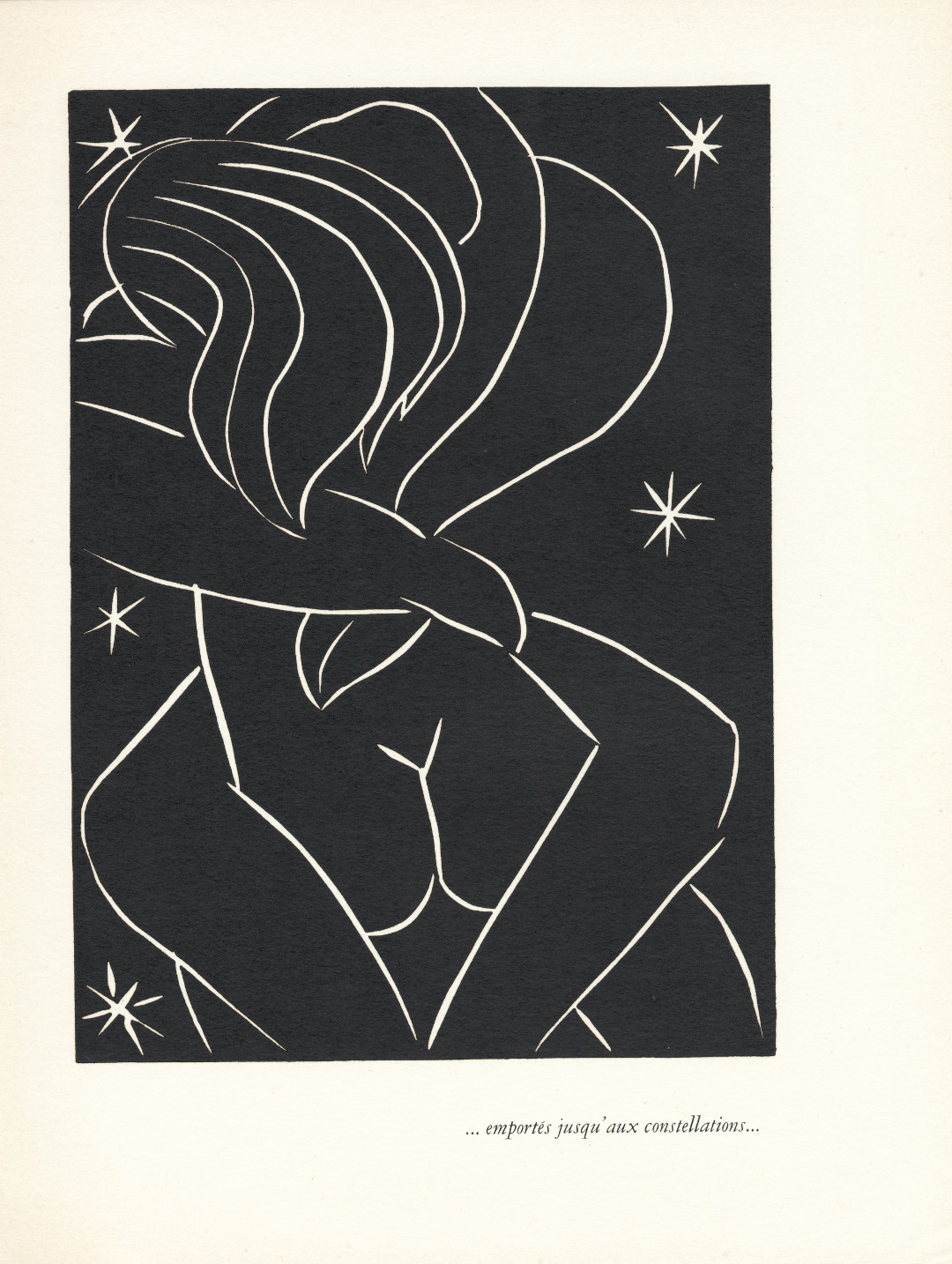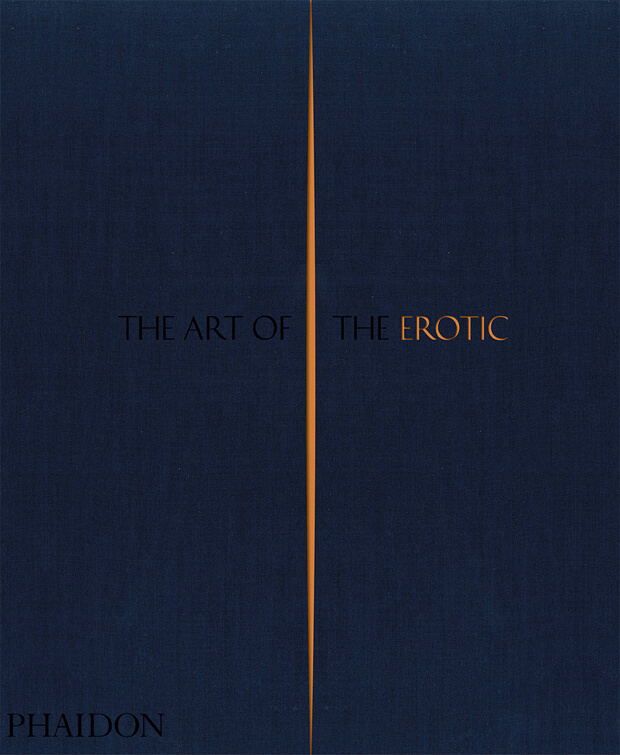
Who knew Henri Matisse did erotica?
Pretty much everyone! Discover how the modernist turned to ancient sex myths to rediscover his wilder impulses
Sexual currents have run through art since the beginning; think of the 28,000-year-old Venus of Willendorf, or the 11,000-year-old Ain Sakhri lovers, the earliest representation of a couple engaged in sex. Many within the 20th century's modernist movement sought to reconnect with these earlier more private impulses and urges.
The French painter and illustrator Henri Matisse exemplifies this tendency well. Though a gifted draughtsman he reveled in wilder impulses; today the movement we most commonly associate him with is fauvism, which is derived from the French term for wild beasts.
This linocut, featured in our book The Art of the Erotic, wouldn't be classed as fauvism, which is more commonly associated with wild colour choices, yet it certainly drew on bestial European sex myths that were popular in artistic circles at that time. Here's how the piece is described in our new book The Art of the Erotic.
"This simple black-and-white linocut by Matisse depicts Queen Pasiphae, daughter of the god Helios, imagining her imminent copulation with a white bull. The picture is one of a set of prints the artist made for his friend, the playwright Henri de Montherlant, to illustrate his play based on the Greek tragedy.
"Pasiphae, the cursed wife of King Minos of Crete, was driven into a lustful frenzy by the sight of a white bull, with which she copulated. The resulting offspring was the half-bull, half-human creature known as the Minotaur. De Montherlant’s play takes place on the evening before Pasiphae offers herself to the bull, and it focuses on her reflections on, motivation for and self-justification of this bestial act."
Matisse wasn't the only artist interested in this myth at this time, and he didn't recreate all of the tale faithfully, as our book explains.
"After the First World War the Minotaur became a potent symbol for many artists in France. Its half-human status was thought to represent the dividedness of the self, and the fact that it was hidden away in the depths of the earth, beneath the royal palace in a labyrinth, represented the monstrosity at the heart of all great civilizations. For the Surrealists, whose journal Minotaure promoted their painting and philosophy, the creature represented sexual desire, taboo, lust and decadence. Pablo Picasso made hundreds of pictures of the Minotaur’s debauchery, but while Matisse did create images of bulls, these illustrations remain his most prolific rendition of the mythic tale. The resulting images reflect not on the monstrous tragedy of the tale, but on the enduring themes of passion, love and beauty, and remain the most accomplished of Matisse’s linocuts."

For more on the fertile juncture between fine art and sex, order a copy of The Art of the Erotic here.